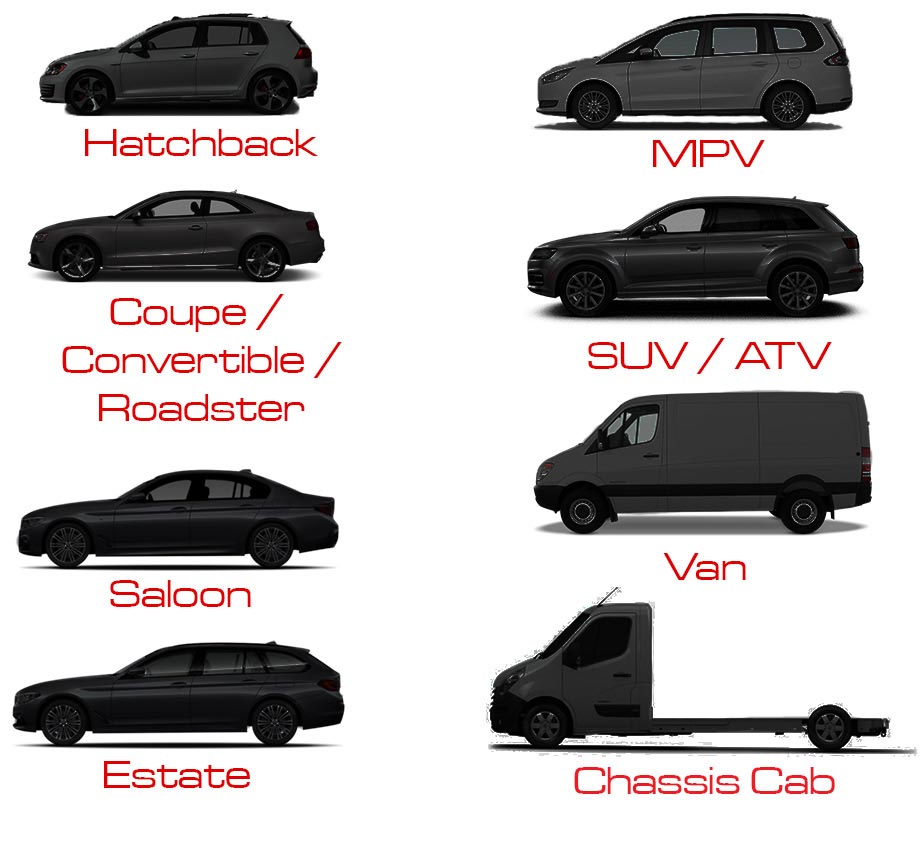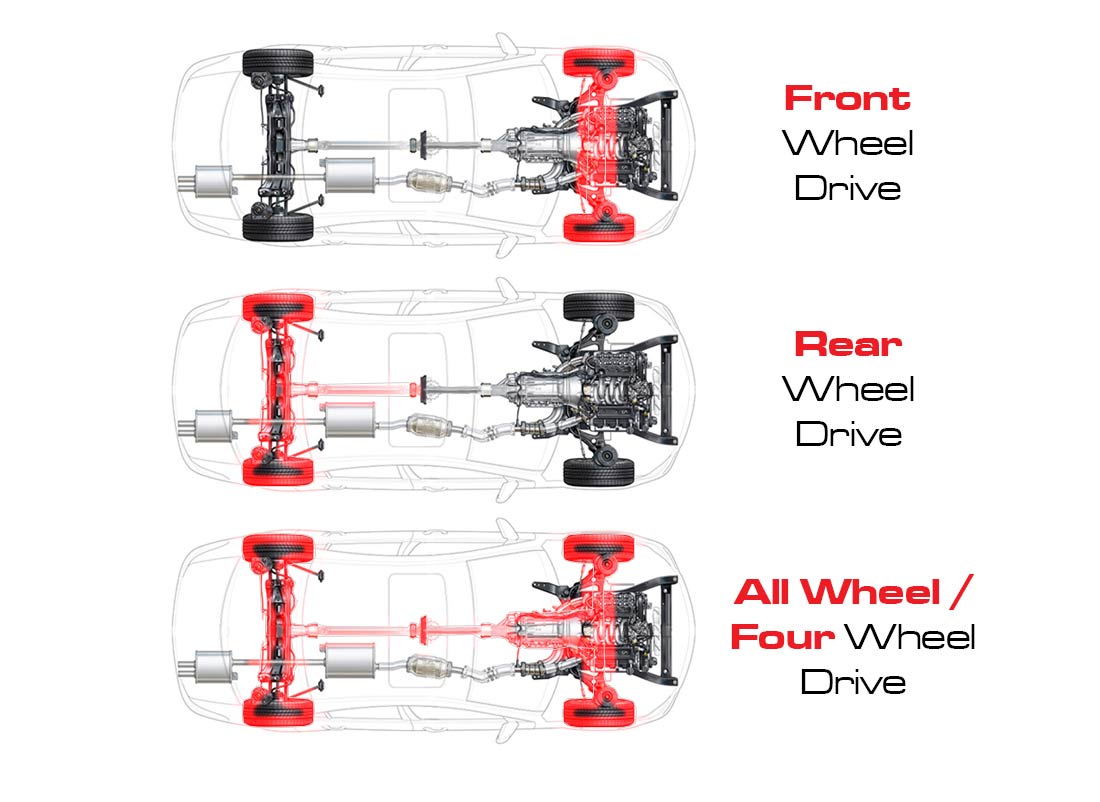Enter Your Number Plate:
OR SELECT YOUR VEHICLE:
X



Current Registration System
The two numbers in the middle of the registration state the year:
The first number will be a 1/5/6.
If it is a 1, it is registered between March and September: If it is a 5/6, the vehicle is registered after September and before March.
The second number states the year:
For example KC63 KFF was registered between Sept 2013 and March 2014.
The first number will be a 1/5/6.
If it is a 1, it is registered between March and September: If it is a 5/6, the vehicle is registered after September and before March.
The second number states the year:
For example KC63 KFF was registered between Sept 2013 and March 2014.

Prefix Registration System
Vehicles registered pre 2001 are subject to a prefix and suffix system. The most common is
prefix.
The first letter represents the year the car was registered.
For example, M673 SWP was registered in 1994.
To find which year your car was registered, enter your registration into the DVLA vehicle check
For example, M673 SWP was registered in 1994.
To find which year your car was registered, enter your registration into the DVLA vehicle check
X
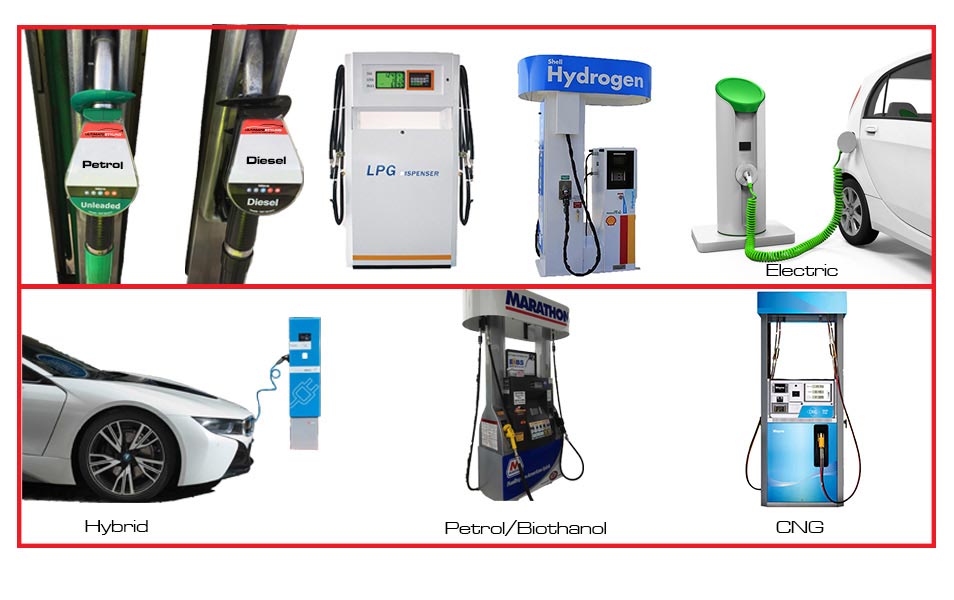

If you don’t know which fuel type your vehicle is, refer to your logbook or simply check
the filler cap.
X
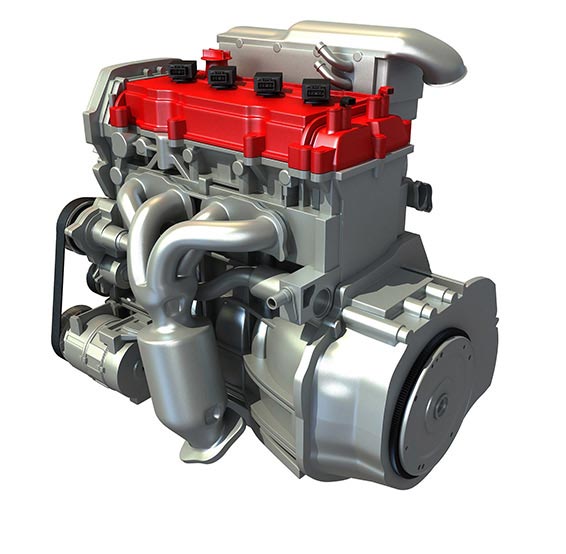

Your engine size can often be refered to as litres (l) or cubic centimeters (cc). Refer to
your vehicle logbook to check or enter your registration into the DVLA Vehicle Check
website.
X
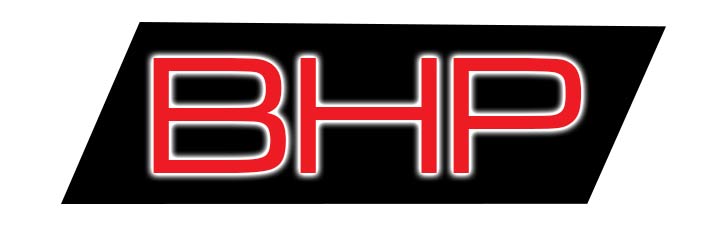

The power output of your vehicle is measured in BHP.
To find out your BHP, please check your vehicle handbook.
To find out your BHP, please check your vehicle handbook.
Brake Discs / Rotors

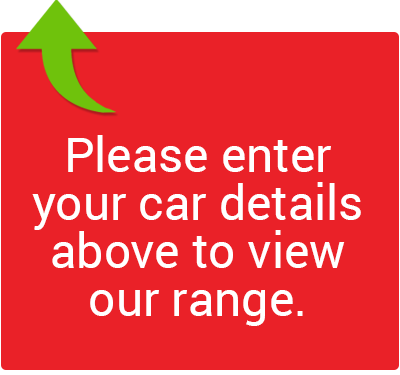
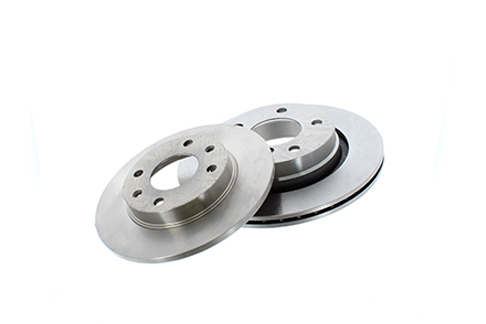
What You Need To Know About Brake Discs
Over time, brake pads and discs inevitably wear and, as a result, no longer perform to the required standard putting the driver and passengers at risk. Replacing a car brake disc (sometimes referred to as a brake rotor) is not negotiable. This can be identified as part of your regular service or if you feel that the car is not as responsive when braking it is worth getting them checked.
Brake discs are one component of the vehicle’s braking system. When braking you apply pressure onto the brake pads which then is applied onto the discs. These are what slow your vehicle down or bring the vehicle to a standstill, hence its importance for regular service. One of the key signs of there being an issue with the brake discs is a shuddering movement when braking. Some brake discs can become lipped or warped which will require them to be replaced.
If you wish to change or have the brake discs checked we would recommend visiting a local garage or dealership. Although they will be checked as part of your vehicles yearly MOT. If your brakes begin to make any noise at all, please take the vehicle to be checked ASAP.
Brake Disc Buying Guide
Here is an explanation of the terms used to help you choose the right Brake Discs for your vehicle
Solid The Brake Disc is cast as one 'Solid' unit.
Vented The 'Ventilated' Brake Disc is cast as one unit but has vents between the 2 braking surfaces to dissipate heat.
Brake Disc with Bearing & ABS Ring (ASB) Where the Brake Disc is supplied complete with a hub Bearing & an ABS (anti-lock braking system) ring.
(->ch.12335) To suit vehicles with a chassis number up to 12345.
(ch.12345->) To suit vehicles with a chassis number greater than 12345.
(Eng.CJCA) To suit vehicles with engine type CJCA.
Frequently Asked Questions
What are the different brake discs available?
Brake discs may be referred to being a solid unit, this is because they will be cast as one unit. There is a ventilated brake disc, this is cast as one unit similar to the solid unit however it has vents between the 2 braking surfaces. This is to allow for heat to disperse and cool down. Some of the brake discs stocked may also be a disc with bearing and ABS ring. This is a complete disc, hub bearing and an anti-lock braking ring. The ABS feature on vehicles allows for the vehicle to maintain contact with the surface, reducing the risk of skidding etc.
The product specification will specify whether the discs are full units or vented, as well as they have the ABS function. The specification will also state the measurements of the brake discs and what vehicle the product should fit. If there are further questions contact a member of the Ultimate Styling team who can assist you with any queries.
What do disc brakes do?
Brake discs are a component of a vehicle’s braking system. The brake pads are squeezed onto the discs by callipers to slow the vehicle down or bring it to a stop.
When to change brake discs?
There is a huge amount of variety in when brake discs will require changing. A general rule of thumb is to ensure the vehicle is serviced by a knowledgeable professional regularly who will advise when this needs to be done.
How to change brake discs?
We do not offer a fitting service. We recommend that all braking be fitted by a trained mechanic.
What are the advantages of disc brakes?
Disc brakes generally perform at a higher level that other brakes and they can be inspected easily at the rear of each wheel. Their open design permits more efficient cooling, reducing wear and tear and they are more resistant to water.
What is the difference between disc brakes and drum brakes?
Disc brakes design allows for a more efficient design, they allow for cooling, reduction in wearing and more water resistant. These are flat circular brakes that spin around the wheel of your vehicle. When putting your foot down on the brake the callipers squeeze the pads against the disc allowing the vehicle to slow/stop. Drum brakes are a small round drum, with brake shoes contained within. If the vehicle has drum brakes these are slowed by the shoes being forced against the side drum.
In recent years the most common type of brakes being used by manufacturers is disc brakes. Due to the significantly enhanced performance and the ability to cool quicker. It is possible to convert a drum brake to a disc brake. But we wold highly recommend seeking professional advice before completing any works to improve the vehicles performance.
How much should brake pads and discs cost?
We can give you access to a large range of competitively priced brake pads and discs relevant to the make and model of your vehicle
How much to change brake discs and pads?
As brake requirements vary from vehicle to vehicle we are unable to quantify how much this would cost. Parts from most well-known manufacturers are available from us.
Two advantages of disc brakes compared to drum brakes?
There are several advantages of disc brakes over drum brakes but two of the most significant is enhanced performance and their ability to cool more quickly.
How to fix squeaky disc brakes?
Any noise from brake discs indicates that there is a mechanical issue and this should be dealt with immediately to ensure your safety. We recommend that professional advice is sought to ensure the necessary actions are taken.
Drum brake to disc brake conversion?
It is possible to change your drum brakes to a disc brake system to enjoy greater performance. As your safety is paramount we recommend that you seek professional advice on how to achieve this successfully.
How to put brakes on a car?
We do not offer a fitting service. We recommend that all braking be fitted by a trained mechanic.
Legalities
Although there is no legal requirement on brakes, it is highly recommend to keep brake parts in good condition for the safety of the vehicle driver and other drivers. The vehicles brakes will be checked on a yearly basis for the MOT, but if there is signs of wear before this point seek professional advice from a local garage or dealership.






